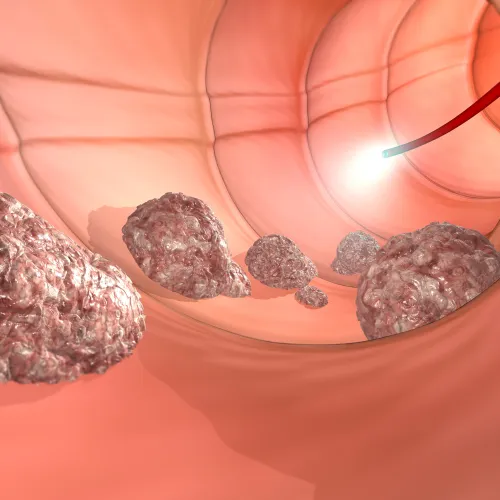Curb Your Screening Denials Using Modifier 33
Some payers accept 33, while others won’t.
If your practice sees patients for preventive services, you need to know the ins and outs of modifier 33 to seek the reimbursement your physicians deserve. But that isn’t all you need to know to get your reimbursement.
Continue reading to learn when to use modifier 33 and with what payers.
Watch for Descriptors That Say ‘Screening’
You’ll use modifier 33 to communicate to your payer that your physician performed a preventive service, such as a screening for prostate cancer, and the waiving of the patient’s co-insurance, co-payment, and deductible for the applicable services.
“If you work for a primary care physician (PCP) or ob-gyn, it’s important for the physician to communicate with you when the service is being performed for preventive purposes as opposed to diagnostic or treatment purposes,” says Suzan (Berman) Hauptman, MPM, CPC, CEMC, CEDC, director of coding operations-HIM at Allegheny Health Network in Pittsburgh, Pa.
You can only attach modifier 33 to a CPT® or HCPCS code on the U.S. Preventive Services Task Force (USPSTF) list when the code has an A (USPSTF recommends the service and the benefit is likely to be substantial) or B (USPSTF recommends this service and the benefit could be moderate or substantial) designation. Some of your payers will deny the claim if the service isn’t on the USPSTF list.
Pointer: When a procedure’s code description says it’s a screening service, such as with CPT® code 77057 (Screening mammography, bilateral [2-view film study of each breast]), there is no need for modifier 33.
Bypass 33 with Medicare Claims
You shouldn’t use modifier 33 on your Medicare claims because under most circumstances, Medicare does not recognize this modifier. For example WPS Medicare does not recognize 33. A Q&A can be found at www.wpsmedicare.com/j8macpartb/resources/provider_types/awv-faq.shtml.
Problem: Medicare will return some claims you submit with modifier 33 with a denial code indicating that the claim contains incomplete and/or invalid information that is not able to be processed.
Good news: Congress legislates CMS coverage for some preventive services but some of these services, have their own “G” codes such as G0202 (Screening mammography, producing direct digital image, bilateral, all views), so you don’t need to attach modifier 33.
Appreciate the Payers Who Provide 33 Guidance
While Medicare won’t pay for some claims with modifier 33, some private payers might allow you to bill with that modifier. You’ll find that some private payers publish their guidance and some do not.
Take a look at a few examples of payers’ policies and their criteria for accepting modifier 33.
Tufts Health Plan: This payer accepts and recognizes modifier 33 when you use it with services on the USPSTF list.
MVP: MVP recognizes modifier 33 and takes advantage of its use to accurately report the preventive care services physicians provide to their members, back to CMS.
UnitedHealthcare: This payer’s guidance states that reporting modifier 33 is allowed but they don’t use it to determine preventive care benefits for their members. They refer to their table of procedure and diagnosis codes and claims edit criteria when making decisions on whether preventive care benefits apply.
Cigna: Cigna is on board with modifier 33 but their use of it relies on the claim including diagnosis and procedure codes distinctly for preventive care.
Neighborhood Health Plan: This payer also recognizes and provides guidance for the use of modifier 33. They require you to attach it to CPT®/HCPCS codes included in the USPSTF list which have a category A or B rating. They also refer you to their preventive services provider payment guideline for a list of services and codes at www.nhp.org/provider/paymentguidelines/Preventive_Services.pdf.




